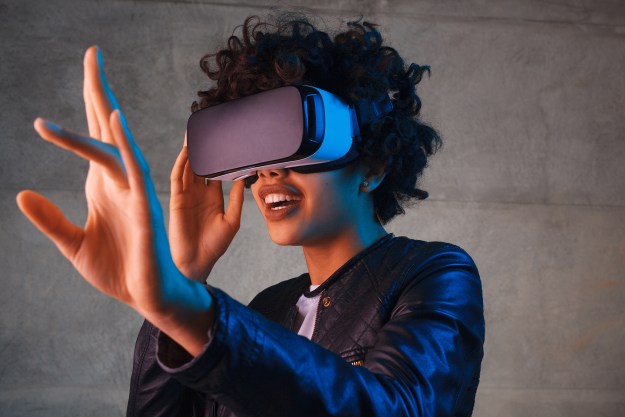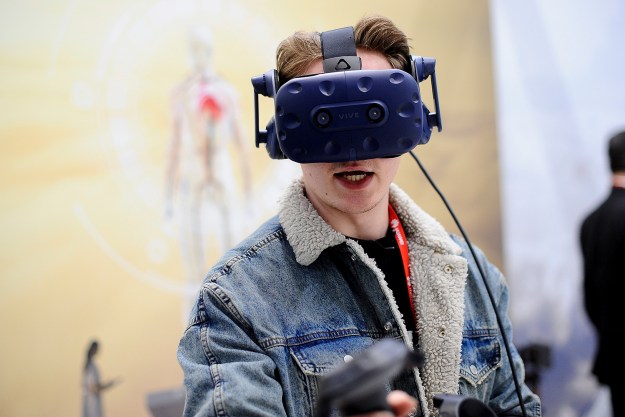Although we’ve been hearing about Magic Leap for some time now, with Google heavily investing in the company back in 2014 and it taking on board members of the likes of Peter Jackson, we’ve only had a couple of good looks at the tech. Our last was mid-2015, amidst further news of heavy investment.
The video was impressive, and clearly when people try the technology they’re sold. A little like some of the virtual reality headsets we’ve played with in recent months.
While the technology does seem likely to be the kind of kit that you need to try yourself to really understand, this latest video shows more of the practical side of its use. With hovering push notifications, messenger conversations, and office software graphics all digitally represented within your work space, it suggests the ability to do away with the need for displays entirely.
Related: We tried on an augmented reality dinosaur t-shirt, and it was awesome
And there’s even a stunning “screen saver” of swimming jelly fish toward the end.
But all of this remains the stuff of speculative hopes for anyone other than those with close ties to the company, as we just don’t know much about it all.
Magic Leap has yet to show off a headset or glasses, detail a price, or mention whether the processing is on board, at a nearby machine or in the cloud. Is it wireless, or wired? Are their built-in headphones? How comfortable is it to wear?
We just don’t know any of that right now.
CEO of Magic Leap, Rony Abovitz, did say previously (via Engadget), that the system uses a, “three-dimensional, wafer-like component that has very small structures in it, and they manage the flow of photons that ultimately create a digital light-field signal.” That means it operates differently from how the Hololens does. Indeed Abovitz has taken to calling it “mixed reality” rather than augmented.
The Magic Leap looks like it has the potential to offer something truly revolutionary, perhaps offering us a glimpse of what lies beyond virtual reality headsets as we know them now.
But until we know more, all we can do is ooh and ahh at the most recent video.
Editors' Recommendations
- Apple boss says AR ‘may be even better than just the real world’
- Apple’s AR/VR headset gets one step closer to a reality
- You won’t be taking Microsoft’s HoloLens 3 into the metaverse
- Microsoft and Samsung could team up on new AR headset
- Apple’s mixed reality headset could be half the weight of other headsets




